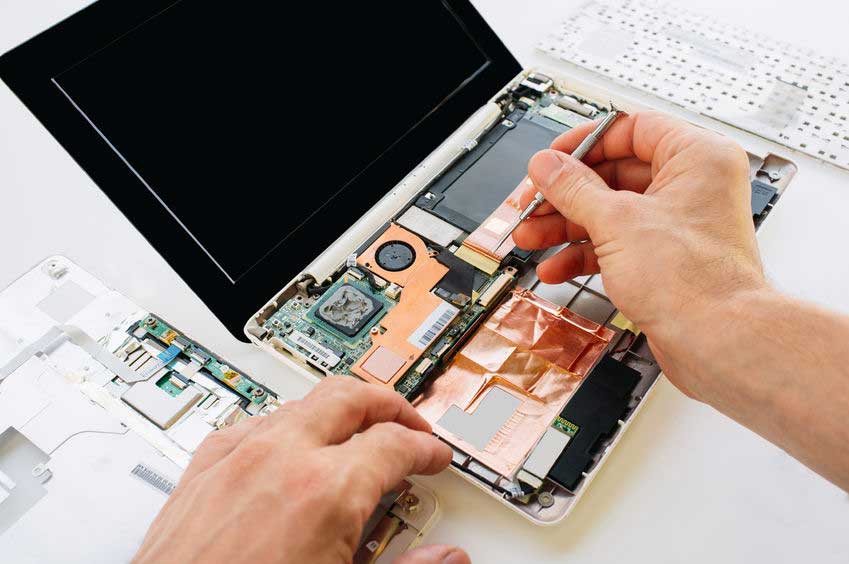Source: EDACafé

The folks at DVCon have done a brilliant thing. They’ve invited Lauro Rizzatti to present at their upcoming conference on a topic that Rizzatti knows better than anybody, emulation. Last year alone, he wrote 40 articles on the subject.
More importantly, of course, Rizzatti helped guide EVE, the high-flying European EDA company that led the field in emulation from their base in France before being acquired by Synopsys in 2012. I spoke with Rizzatti this week about emulation, his talk at DVCon, and his recent endeavors writing about a technology that’s taking the world of verification by storm.
He started by establishing the importance of emulation today: “This technology is here to stay. It’s been around for 30 years, and [historically] was something only the big companies could afford to buy and use. They needed an army of engineers. Today it’s no longer a niche technology, however; it’s mainstream.”
Simulation and formal verification are still important, he added, “But all software tools eventually break down. Only emulation is able to handle today’s chips, [devices like] graphics processors, which can have up to a billion gates.
“Now, emulation is a must-have technology. All three vendors have [a position in the market]. Synopsys uses EVE, of course, but has improved on the technology, Cadence launched a new machine in December, and Mentor and Synopsys are soon to follow.
“Today emulation [hardware] is using less energy, has become more reliable, and offers more features. It’s definitely here to stay.”
“Is there any bad news around emulation?” I asked.
Rizzatti said, “Measured in dollars and cents per gate and per verification cycle, emulation is the cheapest option. But a company still has to spend 3-to-4 million dollars [for the technology], which is a negative.
“And, even though there have been lots of improvements, it’s not possible to just give an emulator and a manual to a user. The technology is still more difficult to use than that.”
“An engineer who uses an emulator, of course, is certainly well-trained in verification,” Rizzatti added, noting that the number of verification engineers is increasing with the demand.
“In this past year alone, I have attended several conferences where classes for verification engineers were offered. I never thought this type of training would be so specific or targeted.”
That comment brought our conversation back to DVCon.
Rizzatti’s clearly enthused that his March 2nd talk will also include a presentation from AMD’s Alex Starr. Their discussion will center on the contrasts between in-circuit emulation [ICE] and the use of virtual test environments with an emulator. [See abstract below.] Pretty specific stuff, but also valuable, nuanced information for those who wish to further enhance their understanding of emulation.
Better put, the Rizzatti/Starr presentation at DVCon will be a must-attend session about a must-have technology. Kudos to the DVCon team for inviting this talk.
****************
DVCon Abstract: Hardware Emulation, ICE vs. Virtual
Historically, the first method of deployment of hardware emulators has been in-circuit-emulation (ICE). In this mode, the emulator is plugged into a socket on the physical target system in place of a yet-to-be-built chip to support exercising and debugging the design-under-test (DUT) mapped inside the emulator with live data.
The most dramatic benefit of ICE is the ability to exercise the design-under-test (DUT) with real traffic, thus avoiding the time-consuming and possibly error-prone creation of the testbench. This admittedly attractive verification approach though comes with a bag of issues. To address them, the industry has resorted to deploy the emulator in a virtual environment based on software.
This technical session discusses the above two modes of deployment, and thoroughly highlights their advantages and drawbacks. A customer case study will conclude the session. Presenters include Lauro Rizzatti, Emulation Consultant, and Alex Starr, AMD, Emulation Guru.
****************
11 Myths About Hardware Verification …
Included among Lauro Rizzatti’s 40 articles published over the last year is this particularly succinct description [published on ElectronicDesign.com] of what people think they know about emulation versus what they should know about emulation.
It’s a great read.